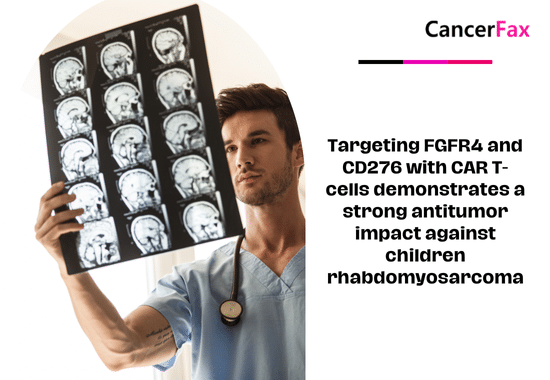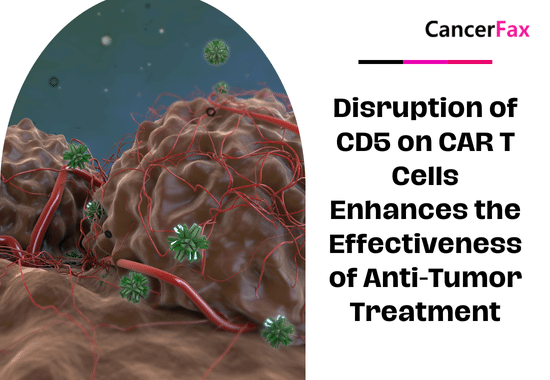At the 96th Congress of the International Association for Dental Research (IADR), Benjamin Chaffee of the University of California, San Francisco published a report on nicotine and carcinogens in tobacco.
Tobacco use is still the main cause of oral cancer, but with the increase in the use of non-cigarette tobacco products and the dual use of multiple product types, the tobacco growing industry has been developing. The study reported on the assessment of exposure to known carcinogens of different types of tobacco products used alone or in combination.
The data comes from the tobacco and healthy population assessment, which includes a sample of American adults who provide urine samples for analysis of tobacco-specific nitrosamines (TSNAs) N’-nitroso-nornicotinine (NNN), which is A known carcinogen of the mouth and esophagus.
Classified according to the way of tobacco use, including cigarettes, cigars, hookahs, pipe tobacco, blunt (cigars containing hemp) and smokeless, such as including wet snuff, chewing tobacco and snuff are electronic cigarettes and nicotine replacement products. For each product, the most recent use refers to the previous 3 days, and the non-use refers to no smoking within 30 days.
All tobacco use categories show increased nicotine and TSNA concentrations relative to non-users. TSNA has the highest exposure to smokeless tobacco users, whether used alone or with other types of products. Although nicotine exposure is comparable, the levels of NNN and NNAL using only e-cigarettes are lower than other tobacco categories. However, the simultaneous use of combustible tobacco by most e-cigarette users resulted in TSNA exposure similar to that of exclusive smokers.
Analysis shows that the majority of non-cigarette tobacco users are exposed to carcinogens that are at or above the exposure levels of exclusive cigarette smokers, and may still face significant risks.

